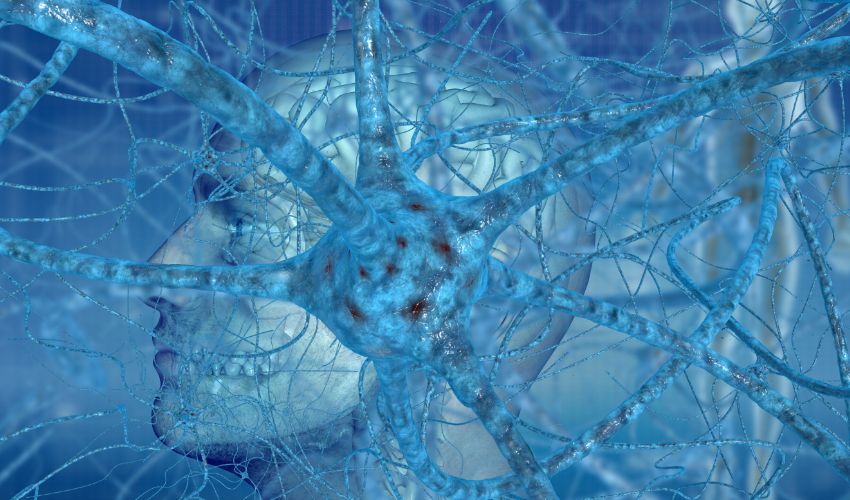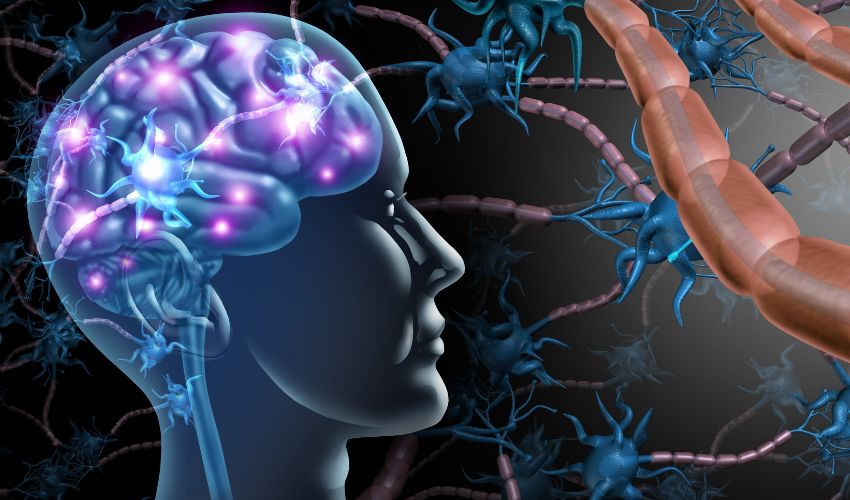The human brain is a complex and intricate organ that plays a critical role in our ability to think, feel, and move. At the heart of this incredible machine are the brain cells, also known as neurons. These cells are responsible for transmitting information throughout the brain and nervous system, allowing us to process information, make decisions, and interact with the world around us.
In this article, we will take a closer look at the fascinating world of brain cells and explore the essential role that neurons play in our daily lives. From the structure of neurons to the different types of brain cells, we will provide an in-depth look at the amazing world of brain cells.
The Anatomy of a Neuron:
The neuron, also known as a nerve cell, is the basic building block of the nervous system. Neurons are highly specialized cells that are responsible for transmitting information throughout the brain and nervous system. To understand how neurons work, it’s essential to look at their structure.
The Three Main Parts of a Neuron:
A neuron has three main parts: the cell body, dendrites, and axon. The cell body, also known as the soma, contains the nucleus, which controls the cell’s activities. The dendrites are short, branching extensions that receive signals from other neurons or sensory cells. The axon is a long, slender extension that transmits signals to other neurons or muscles.
The Role of Dendrites in Neuron Function:
Dendrites are critical for neuron function because they receive signals from other neurons or sensory cells. When a signal is received, it triggers an electrical impulse that travels down the dendrite to the cell body. The strength of the signal is determined by the number of signals received by the dendrites.
The Importance of the Axon and Myelin Sheath:
The axon is responsible for transmitting signals to other neurons or muscles. To ensure that signals are transmitted quickly and efficiently, some axons are covered in a fatty substance called myelin. Myelin acts as an insulator, allowing electrical impulses to travel quickly down the axon.
Different Types of Brain Cells:
In addition to neurons, the brain also contains glial cells, which are non-neuronal cells that support and protect neurons. There are several different types of neurons, including sensory neurons, motor neurons, and interneurons.
Neurons vs. Glial Cells:
Neurons are responsible for transmitting information throughout the brain and nervous system, while glial cells support and protect neurons. Glial cells are essential for neuron function because they help to maintain the chemical environment in which neurons operate.
The Different Types of Neurons:
Sensory neurons are responsible for transmitting information from sensory receptors, such as those in the eyes or ears, to the brain. Motor neurons transmit signals from the brain to muscles, enabling movement. Interneurons connect neurons to other neurons, allowing for more complex processing.

The Function of Interneurons in the Brain:
Interneurons play a critical role in the brain because they connect neurons to other neurons. This allows for more complex processing and enables the brain to perform higher-level functions such as memory, decision-making, and problem-solving.
How Brain Cells Work Together:
Neurons communicate with each other through synapses, which are tiny gaps between cells. When an electrical impulse reaches the end of an axon, it triggers the release of neurotransmitters, which are chemicals that transmit signals across the synapse. The neurotransmitter binds to receptors on the dendrites of the receiving neuron, triggering an electrical impulse that travels down the dendrite.
Synapses and Neurotransmitters:
Synapses are critical for neuron function because they allow neurons to communicate with each other. Neurotransmitters play a vital role in synapse function because they transmit signals across the synapse.
The Role of Action Potentials in Neuron Communication:
Action potentials are electrical impulses that are generated in response to a stimulus. When an electrical impulse reaches the end of an axon, it triggers the release of neurotransmitters, which transmit the signal across the synapse. Action potentials are essential for neuron communication because they allow signals to travel quickly and efficiently.
Bullet Points:
- Neurons are specialized cells that transmit information throughout the brain and nervous system.
- The three main parts of a neuron are the cell body, dendrites, and axon.
- Neurons communicate with each other through synapses, which are tiny gaps between cells.
- Neurotransmitters are chemicals that are released by neurons to communicate with other cells.
- There are several different types of neurons, including sensory neurons, motor neurons, and interneurons.
- Glial cells are non-neuronal cells that support and protect neurons in the brain.
- Brain cells are critical for our ability to think, feel, and move.
FAQs:
What is a neuron?
A neuron is a specialized cell that transmits information throughout the brain and nervous system.
How many types of neurons are there?
There are several different types of neurons, including sensory neurons, motor neurons, and interneurons.
What is the role of glial cells in the brain?
Glial cells are non-neuronal cells that support and protect neurons in the brain.
How do neurons communicate with each other?
Neurons communicate with each other through synapses, which are tiny gaps between cells.
Why are brain cells important?
Brain cells are critical for our ability to think, feel, and move.

Conclusion:
The brain cells are truly amazing, and their vital role in our daily lives cannot be overstated. From transmitting information throughout the brain to coordinating movement and emotions, these cells are essential for our overall health and well-being. By gaining a deeper understanding of how neurons work and why they are so important, we can appreciate the incredible complexity of the human brain and the amazing things that it can do.






















